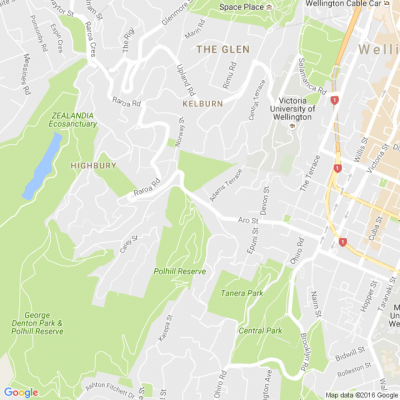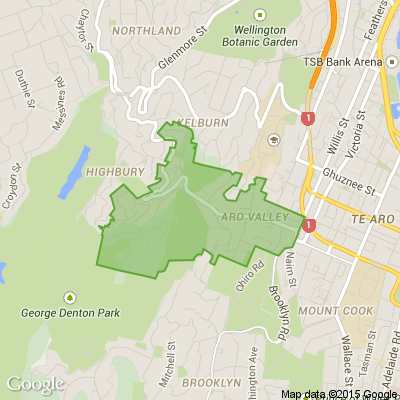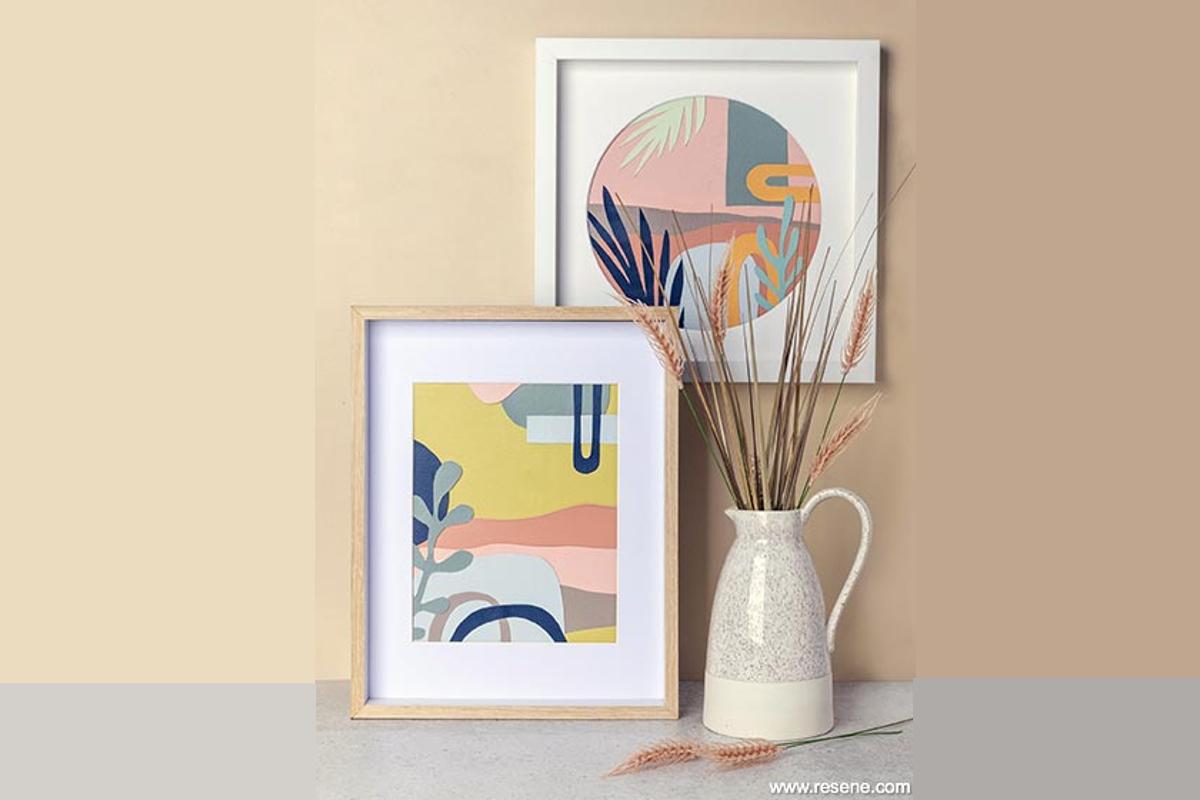
Know what’s happening
Access the private noticeboard for verified neighbours near you. Keep informed about any suspicious activity, send urgent updates to your neighbours when required and discuss emergency planning.
Get to know your neighbours
Browse the directory and start getting to know your neighbours. Don’t want to post to the whole neighbourhood? Send a private message.
Buy, sell and give away
Want to declutter your garage? Buy some used household items? Give away some garden stuff? Become a verified neighbour to browse and post items for sale. Trading is simple when everyone lives nearby.


Nearby
Brooklyn, Kelburn, Makara, Northland, Te Aro, Vogeltown, Mount Cook, Newtown, Karori, Wellington CentralIt is beginning to look a lot like Christmas!
Do you have any festive tips your community needs to know about? Post them here!

Thank you for using Neighbourly
You may receive an email confirmation for any offer you selected. The associated companies will contact you directly to activate your requests.
NumberWorks'nWords Arcade is a gallery of fun games for practising and consolidating Maths & English skills. They help reinforce the concepts taught in our face-to-face tutoring programmes. As with our tuition - they make learning fun! Anyone can use our Arcade. Just click on the link. Can… View moreNumberWorks'nWords Arcade is a gallery of fun games for practising and consolidating Maths & English skills. They help reinforce the concepts taught in our face-to-face tutoring programmes. As with our tuition - they make learning fun! Anyone can use our Arcade. Just click on the link. Can you get on the high score board?

The Team from Resene ColorShop Basin Reserve
Create one-of-a-kind artwork that’s inexpensive, eye-catching and easily made with simple shapes painted with Resene paints.
Find out how to create your own.

The Team from NZ Compare
The affordability of everyday items just keeps increasing! If it’s not the petrol prices, it’s the cost of food, rent or the mortgage and let’s not get started on the kids.
There’s one cost you can control! The household power and broadband bills. Read our top 5 reasons how comparing … View moreThe affordability of everyday items just keeps increasing! If it’s not the petrol prices, it’s the cost of food, rent or the mortgage and let’s not get started on the kids.
There’s one cost you can control! The household power and broadband bills. Read our top 5 reasons how comparing them, will help your household save money!
Kiwis don’t like switching much; we get worried or just fed up trying to make more hard decisions. It’s easy as though, we’ll help!
Our service is free, we’re Kiwis helping Kiwis compare what’s out there across Power, Broadband, and Money.
Compare tips

Heather from Mount Cook
Large chest freezer,
Works fine just a bit dirty
Was given it when friend moved away but I dont have the space for it and need it gone ASAP
Free

Angela Tolich from Northland Toy Library
Did you know that Northland has a Toy Library?
Visit us on Saturday mornings from 9:30am- 11:45am in St Anne's Church Hall, cnr Northland and Randwick Rds to see the great range of toys we have available to hire.
There's outdoor toys (including bikes, sports equipment, and ride on … View moreDid you know that Northland has a Toy Library?
Visit us on Saturday mornings from 9:30am- 11:45am in St Anne's Church Hall, cnr Northland and Randwick Rds to see the great range of toys we have available to hire.
There's outdoor toys (including bikes, sports equipment, and ride on toys) indoor activities, educational toys, costumes, baby toys, puzzles, role play, board games, musical instruments and more.
An annual full membership starts from $75 and we offer a discount for community services cardholders. We also have Grandparent membership $50 for 10 trips.
See you on Saturday!
Gaylene from Northland
Used for four years by uni student living in a room with limited space. Better than any kit set. Easy to sit at and handy set of drawers that all run ok.
98L x 49D x 74H.
PM me. Gaylene
Free

Hi there Wellington,
Want to do your bit for Wasp Wipeout this year?
Our friends at Expra have given us 50 Stop Wasps Surface Spray cans to give exclusively to Neighbourly members this year!
Expra’s spray kills wasps on contact, eliminates nests and provides a safe jet spray up to four … View moreHi there Wellington,
Want to do your bit for Wasp Wipeout this year?
Our friends at Expra have given us 50 Stop Wasps Surface Spray cans to give exclusively to Neighbourly members this year!
Expra’s spray kills wasps on contact, eliminates nests and provides a safe jet spray up to four metres for easy extermination.
It’s easy to enter, just leave a comment on this post and you’re in the draw!
Competition closes 10 March 2022. All winners will be notified via email.

117 replies (Members only)
Reporter Community News
Supplied by Raelene from Paraparaumu>
Remember if you want your pet featured on Neighbourly, email us on yourpet@dompost.co.nz with a recent photo. Please remember to say which suburb you live in.
11 replies (Members only)
While any day makes for a great opportunity to celebrate the women in your life, International Women’s Day gives you one more reason to do exactly that. International Women’s Day is on March 8th, and is a global day that recognises the incredible achievements of women, raises awareness, and … View moreWhile any day makes for a great opportunity to celebrate the women in your life, International Women’s Day gives you one more reason to do exactly that. International Women’s Day is on March 8th, and is a global day that recognises the incredible achievements of women, raises awareness, and encourages others to advocate for gender equality.

Lucy from Newtown
WCC has cleaned Parliament grounds But I still feel the need to clean and show my city some ❤️: sometime today I'll be out in my neighbourhood for an hour, picking up rubbish.
I'll be the one in gardening gloves, with a rubbish bag.
Maybe you will too?
Samuel Marsden Collegiate School
Unfortunately, due to the ‘Red Light' restrictions of the COVID-19 Protection Framework and the recent surge of Omicron cases in our community, Marsden School is unable to hold our Open Morning on Friday 11 March. We still wish to provide an opportunity to experience Marsden whilst ensuring … View moreUnfortunately, due to the ‘Red Light' restrictions of the COVID-19 Protection Framework and the recent surge of Omicron cases in our community, Marsden School is unable to hold our Open Morning on Friday 11 March. We still wish to provide an opportunity to experience Marsden whilst ensuring the safety of our students, staff and visitors. Therefore we are offering personal tours throughout March following COVID-19 guidelines. For more information and to book please see www.marsden.school.nz...

Naichao from Oriental Pantry
Dear Neighbours,
How are you these days?
Even though the goods supply is getting slower, we keep open during red light alert system.
You're welcome for some necessities or delious snacks, if you don't feel unwell.
We understand it's a hard time for all New Zealanders.
Keep … View moreDear Neighbours,
How are you these days?
Even though the goods supply is getting slower, we keep open during red light alert system.
You're welcome for some necessities or delious snacks, if you don't feel unwell.
We understand it's a hard time for all New Zealanders.
Keep calm, and we'll together go through it anyway.
Cheers
Reporter Community News
"Our family could no longer take care of us, so now we are looking for a new home. We are best friends and will need to be adopted together. We are not yet used to lots of handling, so would not be suitable for young children. We need an experienced home to help us get used to the ways of the… View more"Our family could no longer take care of us, so now we are looking for a new home. We are best friends and will need to be adopted together. We are not yet used to lots of handling, so would not be suitable for young children. We need an experienced home to help us get used to the ways of the world.
We will need a large grassy area for daytime, with a weather-proof hutch. At night we will need to be inside with you as part of the family, so an area inside your home to call our own will be needed. If this sounds like your set up, please click apply now, so my caregivers can learn more about you, and make you an appointment to come and meet us."

The Team from Addictive Eaters Anonymous - Wellington
A new way of life
I have a sneaky feeling that I was born with a twisted and gaping open mouth! That I came from my mother's womb already upset, irritable and ill at ease. I don't know, but it feels like I felt that way from a very, very early age. I think that I went through life always… View moreA new way of life
I have a sneaky feeling that I was born with a twisted and gaping open mouth! That I came from my mother's womb already upset, irritable and ill at ease. I don't know, but it feels like I felt that way from a very, very early age. I think that I went through life always searching for something that would soothe me and make me feel whole and complete. I felt rage a lot at that time, particularly towards my mother. She was a larger than life woman, a real matriarch, who ruled the home with religious verses like: “Children should be seen and not heard”/.“Honour thy father and thy mother that thy days may be long upon the land that the Lord Thy God has given thee.''

 Loading…
Loading…
Are you sure? Deleting this message permanently removes it from the Neighbourly website.
 Loading…
Loading…

 Price by negotiation
Price by negotiation

 Marketed by Rick Stace
Marketed by Rick Stace
© Neighbourly 2025
